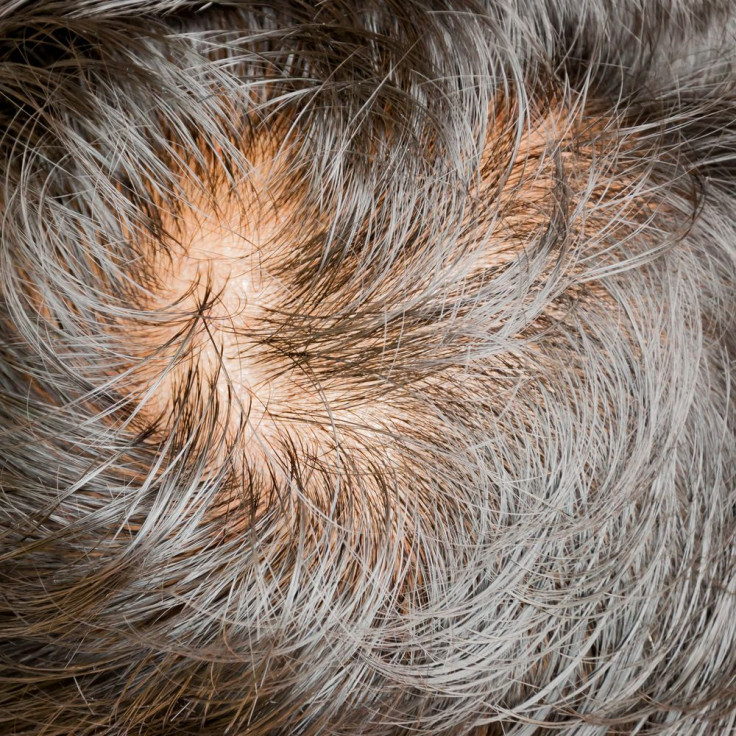Cure For Baldness? Spanish Scientists Use Stem Cells To Restore Hair Growth

In 2014, we are able to restore sight to the blind and hearing to the deaf, but still figuring out a way to reverse hair loss eludes us. Well, 2015 may prove otherwise, as researchers in Spain believe they’ve found a way to spur new hair growth by using our body's immune defense to stimulate stem cells in the surrounding skin.
Stem cell technology is being used for everything, from HIV treatment to reversing neurodegenerative disease, so why not try using it to tackle the much more common problem of hair loss. According to a recent press release, scientists have figured out a way to manipulate macrophages, a certain type of white blood cell, into reactivating hair follicles. The result? No more baldness.
In their study, published in PLOS Biology, the team succeeded in getting the macrophages to activate the stem cells in hair follicles on non-inflamed skin. The discovery was actually found by chance, when researchers realized that mice given anti-inflammatory drugs had the curious side effect of hair regrowth. Dr. Mirna Perex-Moreno, one of the researchers involved in the project, wondered if the hair growth was connected to the body’s immune reaction, and it turned out that she was right. Although macrophages are cells from the immune system which mainly help to fight infection and wound repair, it also seems that they play a role in activating the skin's stem cells.
Although the study was carried out in mice, Dr. Mirna Perex-Moreno, the lead researcher, and her team are confident that similar results can be repeated in human subjects.
The study, although only in the very early stages, may be useful in the treatment of baldness. Baldness is a condition which causes the receding of the hairline and thinning of hair on the crown of the head. It’s believed to be caused by both genetic predisposition and hormones.
As of now, there is no way to slow down the balding process, and a definitive way to spark hair growth remains elusive. Many are heavily invested in finding a cure for the disease, believed to affect as many as 35 million American men. Earlier this year, Mark Black from The Trichological Society, an organization that focuses on hair sciences, explained his belief that a cure is possible within the next five years and will most definitely be here in the next 10.
“It is a matter of time before we find a cure for male pattern baldness as well as alopecia. We know so much more about hair today and how it grows,” Blake told Express.
Source: Castellana D, Paus R, Perex-Moreno M. Macrophages Contribute to the Cyclic Activation of Adult Hair Follicle Stem Cells. PLOS Biology. 2014.



























